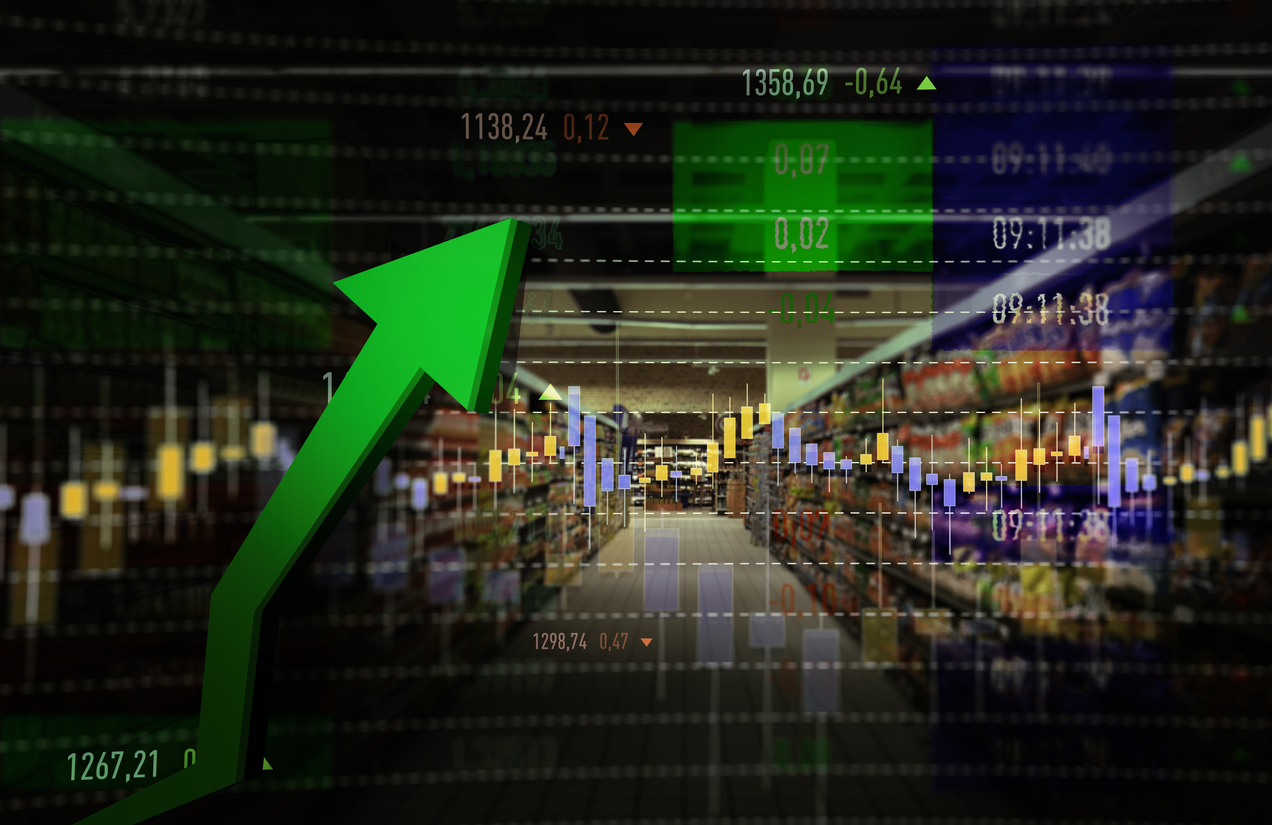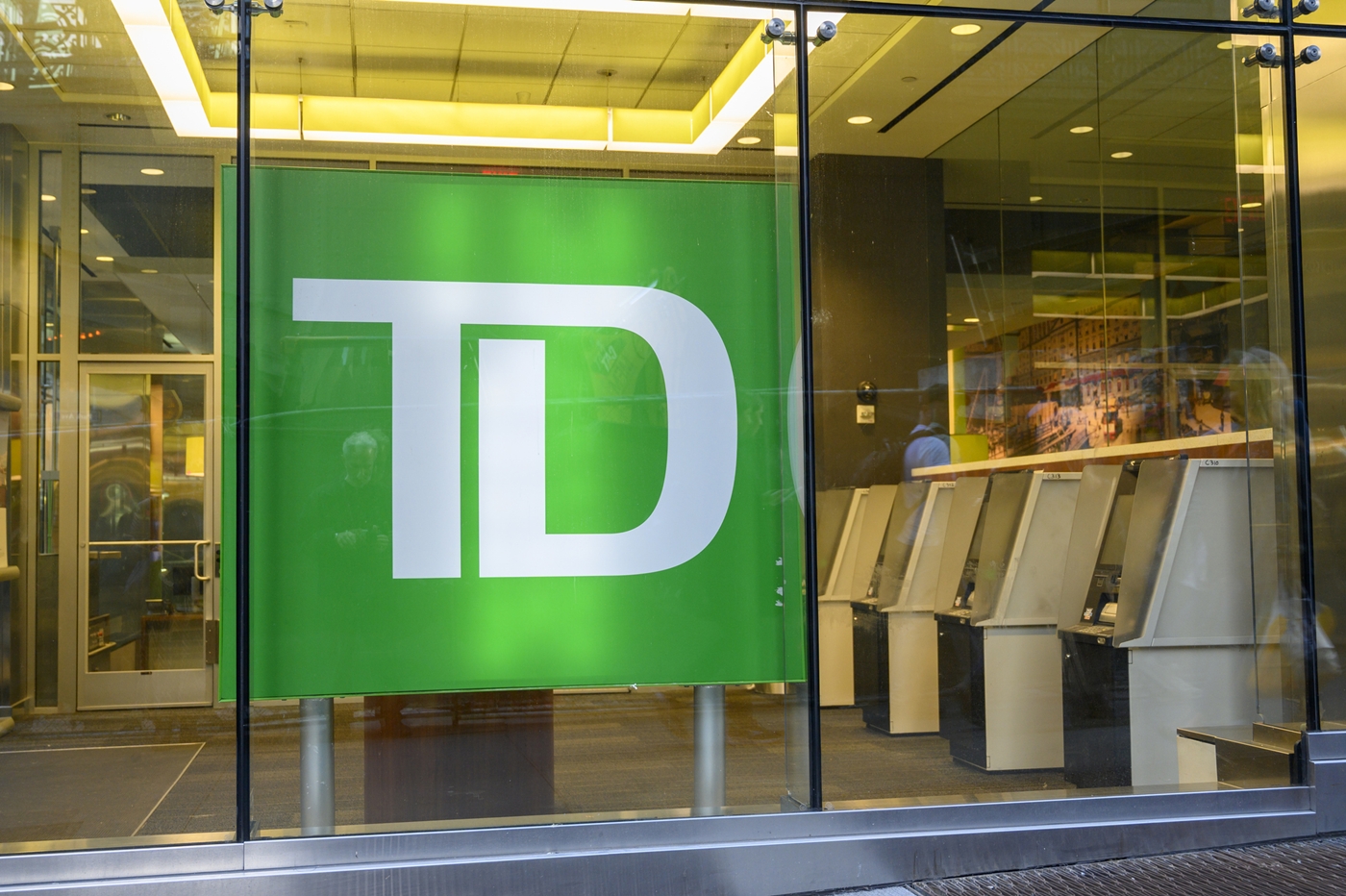
The Bank of Canada revised up its inflation forecast for both 2021 and 2022, but still insists above-target inflation will be “transitory.”
The central bank unveiled its updated forecasts in its July Monetary Policy Report, released today as it held the policy interest rate steady at 0.25%, where it’s been since March 2020. It also tapered its bond-buying program to $2 billion per week from $3 billion, as expected.
The Bank foresees inflation running above 3% through the second half of 2021 before easing back toward 2% in 2022 “as short-run imbalances diminish and the considerable overall slack in the economy pulls inflation lower,” it said. “The factors pushing up inflation are transitory, but their persistence and magnitude are uncertain and will be monitored closely.”
That last line caught the attention of many economists
“That seems to indicate a touch more concern about above-target inflation than the bank has previously expressed, but isn’t a significant change in tone,” wrote RBC economist Josh Nye.
“It’s also worth noting that the BoC sees inflation only temporarily falling back toward its 2% target in H2/22 before rising again in 2023 when the economy is in modest excess demand.”
What it means for mortgage consumers
The BoC reiterated its commitment to hold the policy rate at its current record-low level “until economic slack is absorbed so that the 2% inflation target is sustainably achieved.” The Bank maintains this is expected to happen by the second half of 2022.
For variable-rate mortgage holders, it means potentially another year with no change to the prime rate, and therefore no change to their monthly mortgage payments.
But once rates eventually do start to rise, the pace could be swift. The bond market is currently pricing in four 25-bps rate hikes over the next two years alone, with the policy rate eventually reaching 2.25% by the end of the next rate-hike cycle.
Mortgage rate observer Rob McLister, Editor of RATESDOTCA, notes that the current spread between the lowest nationally available fixed and variable rates is currently 0.85-0.95%, with lenders charging a small premium for the peace of mind of a fixed rate.
” Variable rates will outperform if the BoC hikes slower than the bond market expects (but) fixed rates will win—based on interest cost alone—if the opposite is true,” he wrote. “Some argue the price for certainly (paying 85 to 95 basis points to lock in) is too high. But given the next leg of the rate cycle is almost certainly up, that ‘price’ will drop in the next 12-36 months as the BoC hikes, thereby reducing the fixed-variable gap.”
Many fixed-rate mortgages remain priced just above their all-time lows reached in December/January. How long that lasts is anyone’s guess. A new bout of economic uncertainty could keep rates low, while a rebounding economy and soaring inflation could send fixed rates higher.
And for variable-rate mortgage holders planning to lock into a fixed mortgage once rates start rising, keep in mind that lenders rarely offer their best rates in those cases. And fixed rates could be significantly higher by that time.



